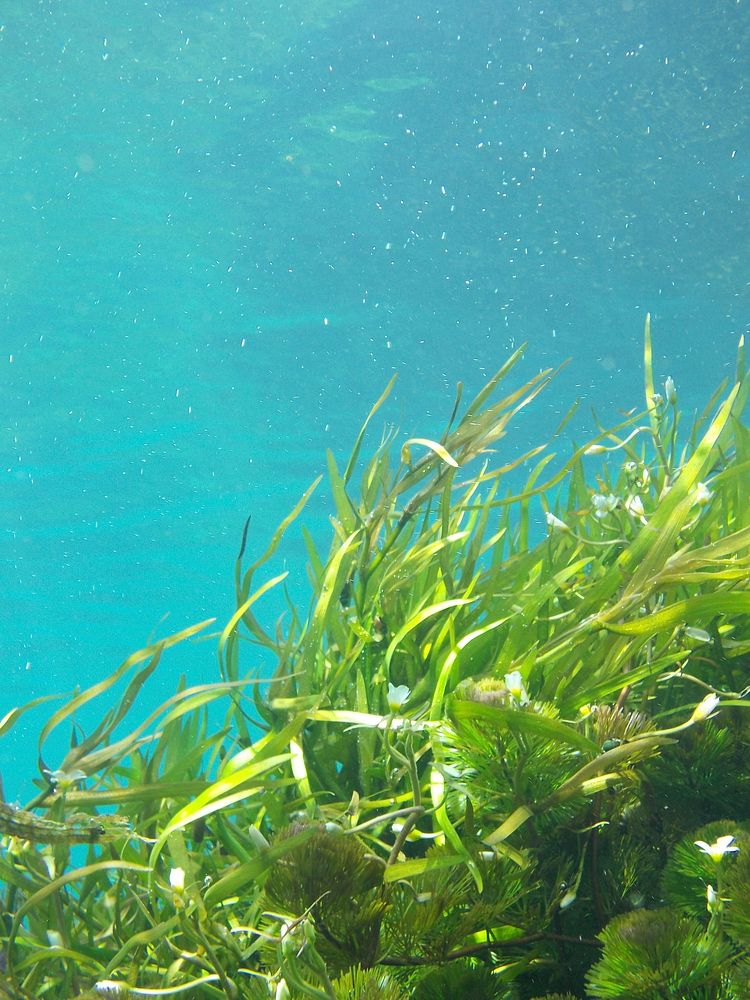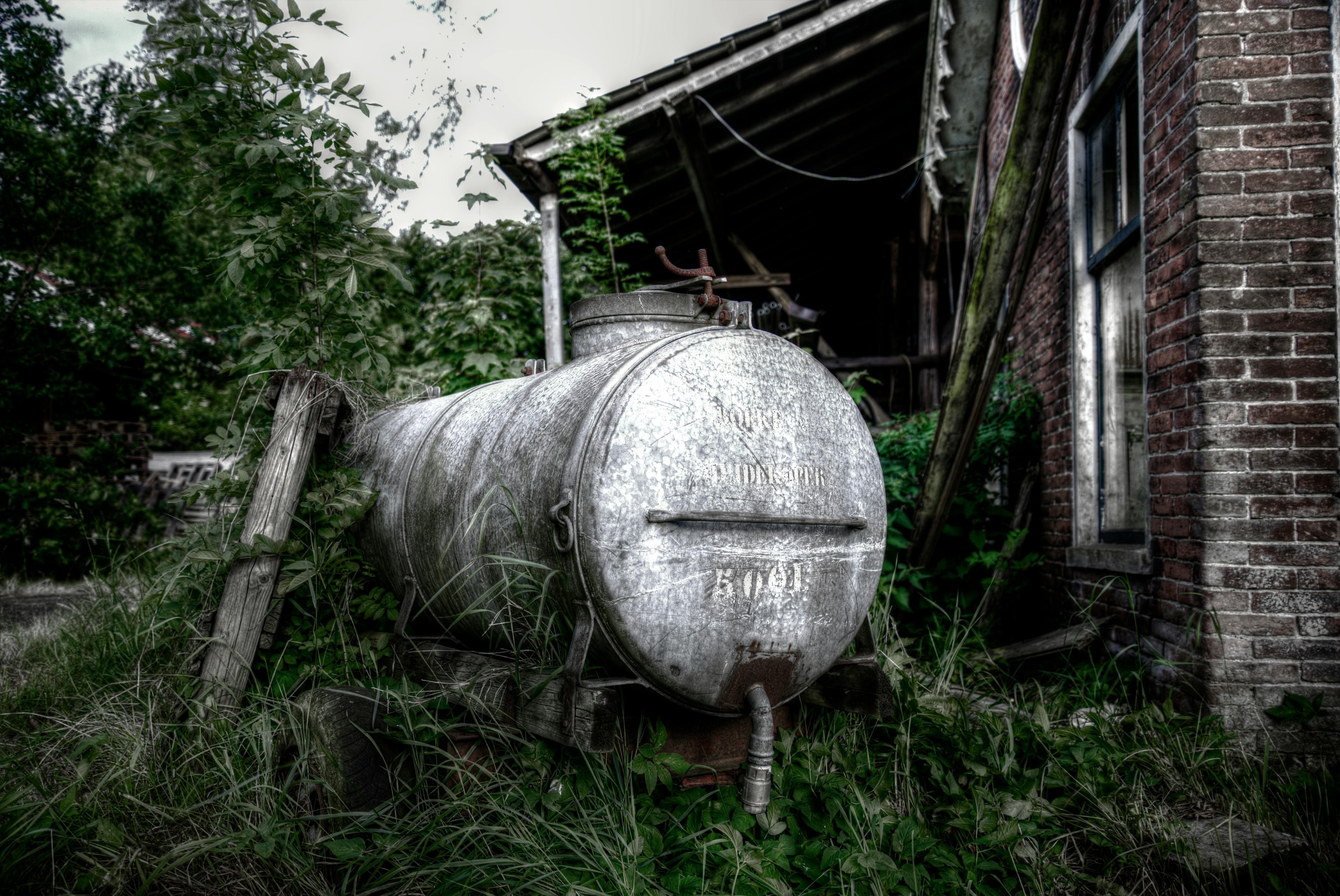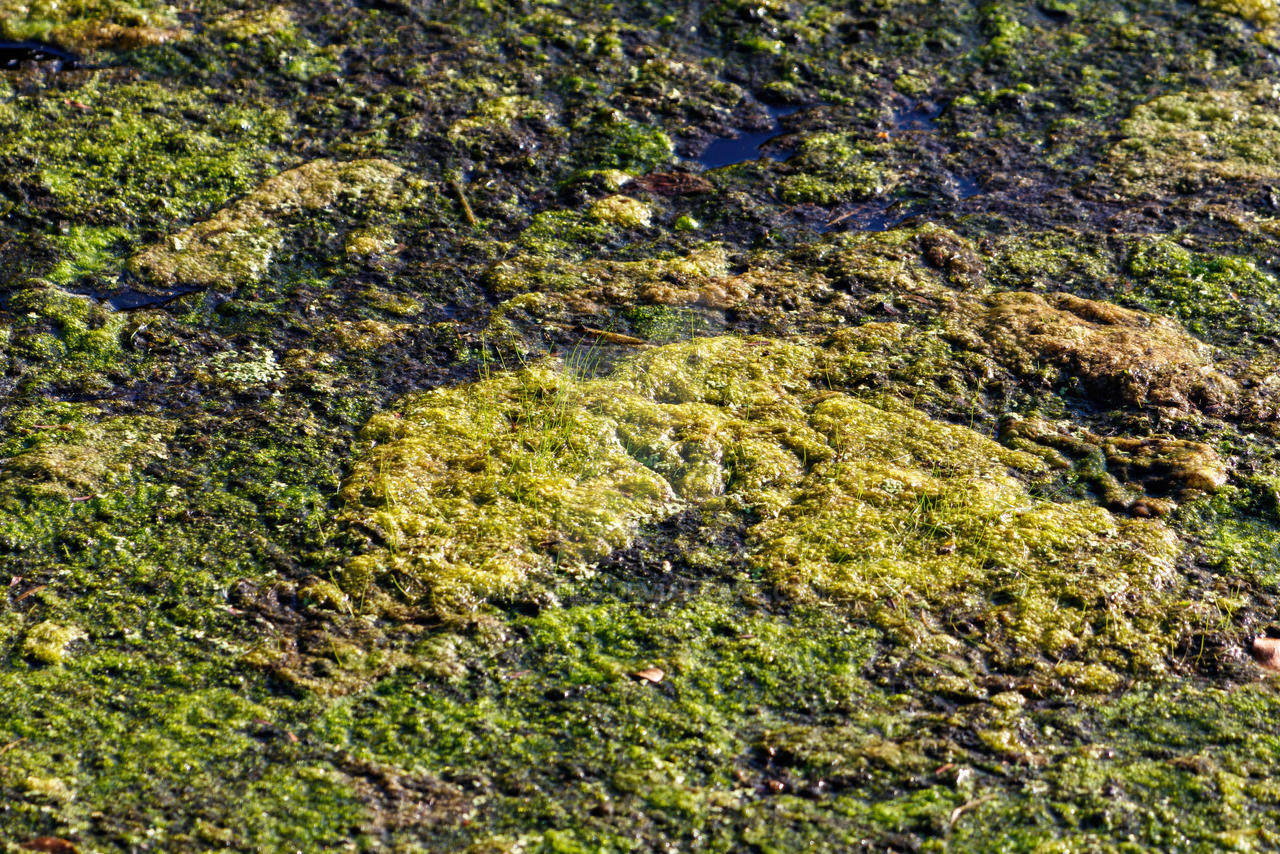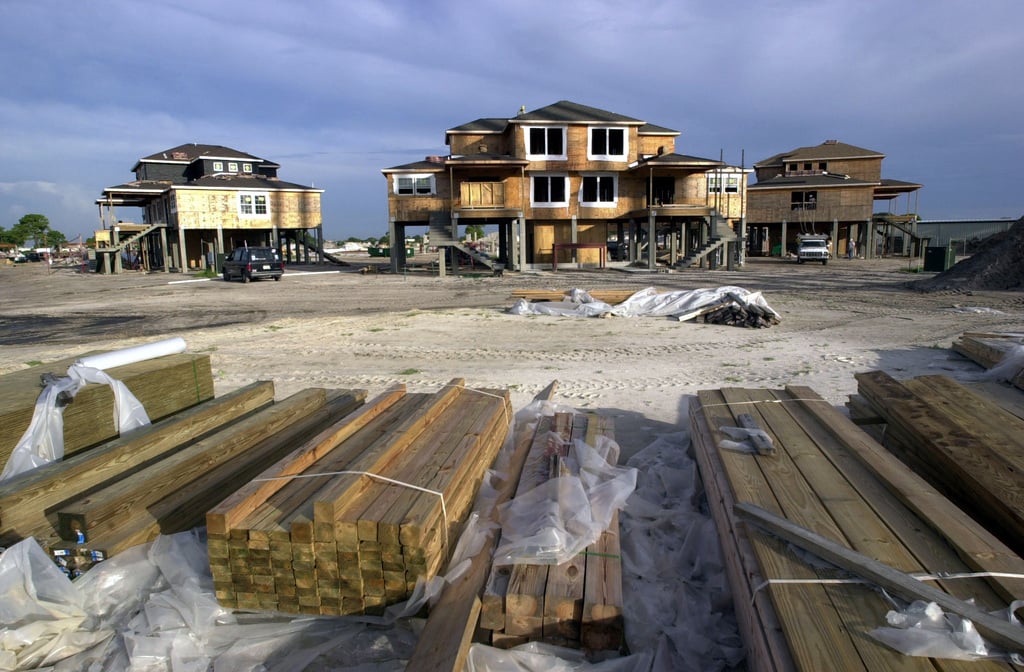Where Fresh Meets Salt: A Living Laboratory
The Indian River Lagoon is a complex tapestry of interconnected habitats that support one of the most diverse collections of plants and animals in North America.
Key Habitats:
Image by James St. John Seagrass Beds : Underwater meadows providing essential nurseries for young fish and feeding grounds for manatees. One acre of seagrass can support up to 40,000 fish!
Image by Andrewtappert Mangrove Forests: Nature’s shoreline protectors, these remarkable trees …
Filter pollution from water
Prevent erosion
Provide nursery areas for fish
Support countless species of birds
Protect our coast from storms
Image by Wikimedia Commons Salt Marshes: These productive wetlands…
Filter pollutants from water
Provide feeding grounds for wading birds
Protect against flooding
Support essential fish habitats
Image by itoldya test1 Oyster Reefs: Living water filters that …
Create complex habitats for marine life
Protect shorelines from erosion
Improve water clarity
Support local fisheries
Marine Life Spotlight:
Manatees :These gentle giants can live up to 60 years and graze on seagrass for up to 8 hours daily
Image by Aloha Ocean Dolphins : Highly intelligent mammals that live in family groups called pods, using sophisticated echolocation to hunt
Image by Pixabay Sea Turtles : Including loggerhead and green turtles that can weigh up to 700 pounds
Image by Animalia Bio Tarpon : Known as the “living dinosaur” fish, these ancient creatures can grow over 8 feet long
Image by Animalia Bio Skipjack Tuna: They are known to jump out of the water hence the name ‘Skipjack’
Image by François Libert Spotted Eagle Rays: These beautiful creatures love to crunch into crustaceans, snails, and mussels with their hard teeth
Image by Rawpixel Johnson’s Sea Grass : The Indian River lagoon is home to the endangered Johnson’s seagrass, found nowhere else on Earth




























